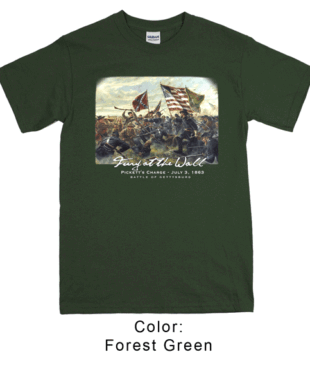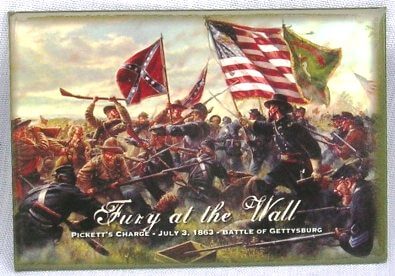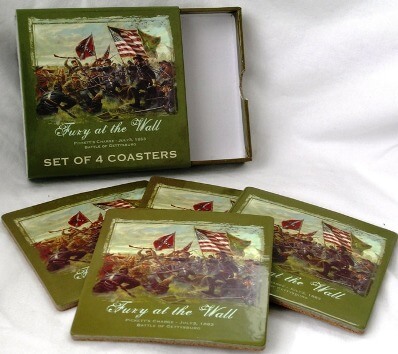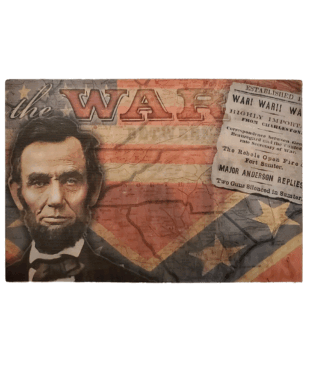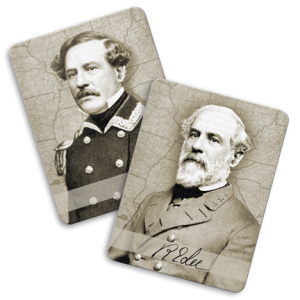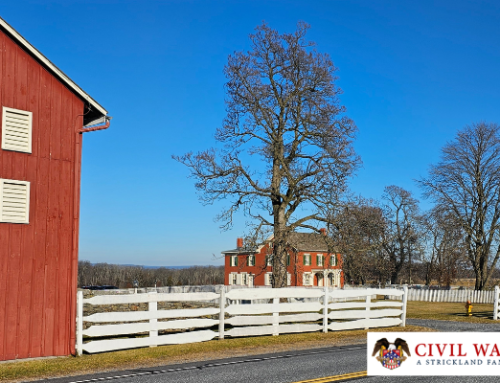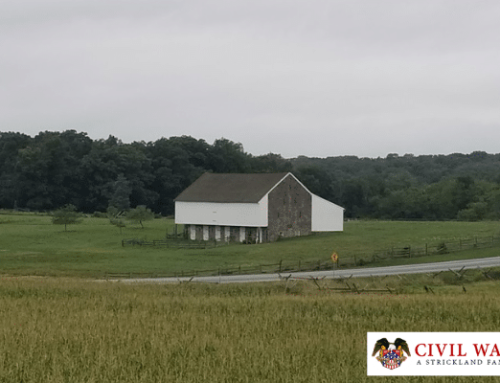Pickett’s Charge: Fury at the Wall
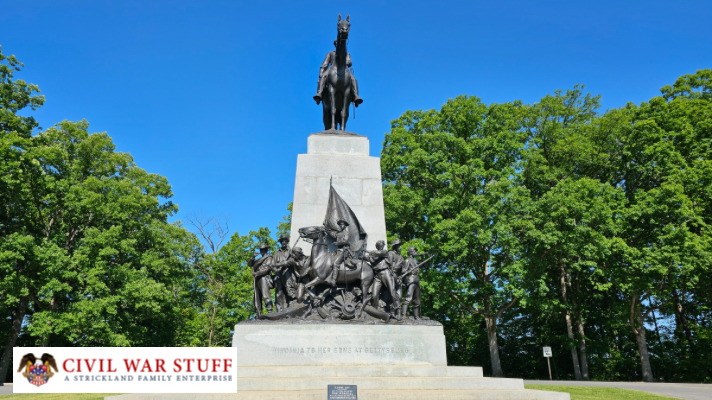
One of the most iconic and ill-fated events in American military history is undoubtedly Pickett’s Charge. It took place during the Battle of Gettysburg, a turning point in the American Civil War, fought between July 1st and 3rd, 1863. Pickett’s Charge, which occurred on the third day of the battle, remains etched in the collective memory as a valiant but ultimately doomed Confederate assault.
Named after Confederate Major General George Pickett, the charge involved approximately 12,500 Confederate soldiers marching across an open field towards the heavily fortified Union lines on Cemetery Ridge. The assault aimed to break the Union center and deliver a decisive blow. However, it faced devastating artillery and rifle fire from the Union forces, resulting in severe casualties.
Despite the bravery displayed by Pickett’s men, the assault proved disastrous. The Confederate troops were met with a withering storm of lead, causing immense losses and forcing them to retreat. The Union defense held firm, marking a pivotal moment in the battle and the war as a whole.
Pickett’s Charge is often regarded as a symbol of Confederate valor and determination, but it also represents the futility and immense human cost of the war. The failed assault was a turning point in the Battle of Gettysburg, signaling the Confederacy’s inability to secure a decisive victory and ultimately leading to their defeat in the war.
Today, Pickett’s Charge stands as a somber reminder of the sacrifices made during the American Civil War. It serves as a testament to the courage and dedication displayed by soldiers on both sides, while also underscoring the tragic consequences of a conflict that tore a nation apart.
The State of Virginia Monument
The monument depicts General Robert E. Lee upon his faithful steed Traveler and sits overlooking the fields where Pickett’s Charge took place. The monument is impressive, standing 41 feet high overall, with the statue of Lee and Traveler standing 14 feet high. It serves as a fitting tribute to the state that supplied the most men to the Army of Northern Virginia. The sculptor, Frederick Sievers, created the monument using photos and a life mask of Lee. Sievers even went to Washington and Lee University in Lexington, VA to study the skeletal remains of Traveler to ensure accuracy.

Below Lee are seven Confederate soldiers representing various walks of life: (from left to right) a professional man, a mechanic, an artist, a boy, a business man, a farmer, a youth.
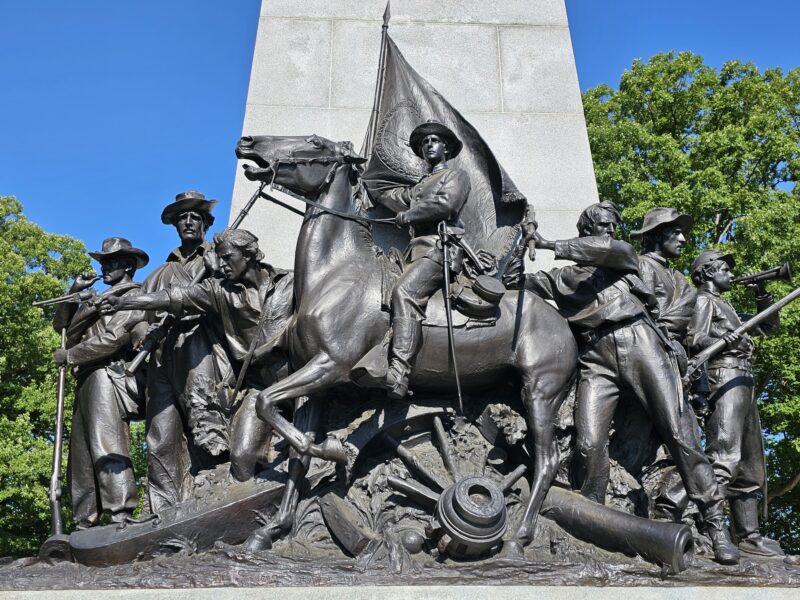
After the
The monument was the first of the Confederate State monuments at Gettysburg. It was unveiled by Miss Virginia Carter, Robert E Lee’s niece on June 8, 1917.


